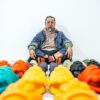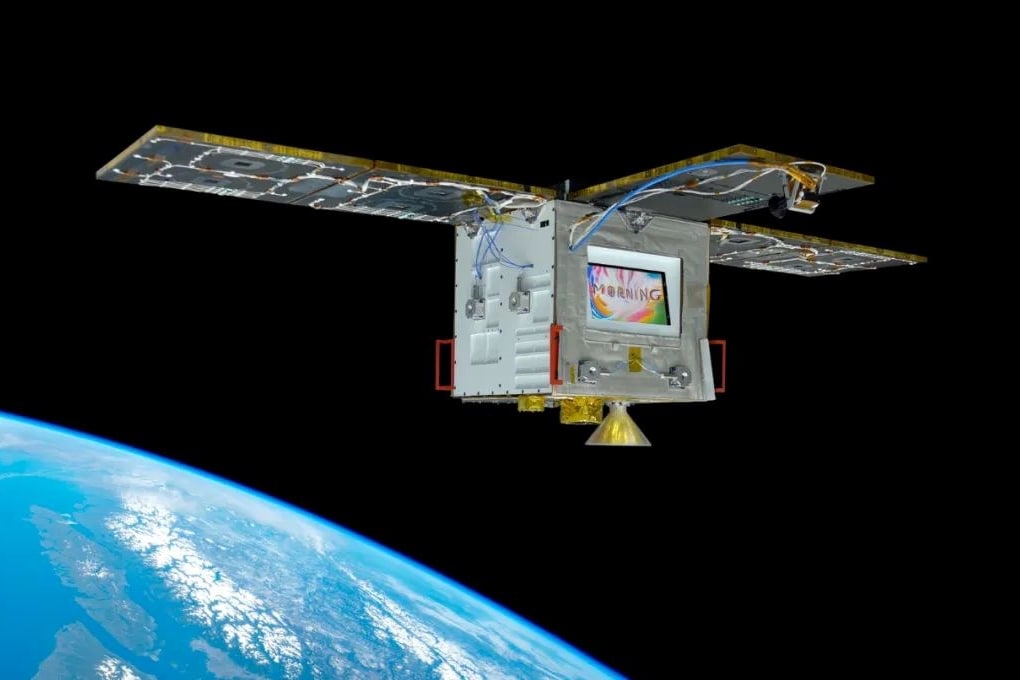
Rewrite
Why Technology Needs Artists12 Images
In 1968, the ICA hosted an exhibition titled Cybernetic Serendipity, showcasing artists’ experiments with new technologies, including robots, algorithms, and computer graphics. “Bringing together composers, artists, filmmakers, engineers, scientists, and academics, the exhibition sparked a dialogue, spanning multiple continents, about the relationship between technology and the arts,” writes Ruth Mackenzie, director of arts at the British Council, looking back on the exhibition in a new report titled Why Technology Needs Artists. “It pushed at what is possible when computation and creativity are combined.”
Today, of course, these concepts – computation and creativity – are more tangled up than ever before, courtesy of new robotics innovations, AI, quantum computing, and more. The question is: as technology continues to accelerate, has the dialogue managed to keep pace?
Why Technology Needs Artists aims to answer that question, pulling together 40 statements from 56 leaders across art and technology, spanning 20 countries and five continents. On one page, the LAS Art Foundation reflects on its ongoing exploration of quantum technologies with artists like Libby Heaney and Laure Prouvost. On another, the artist Paolo Cirio speaks on artists who aim to foster social change, and “intervene directly into the decline of justice and welfare”, by challenging the uses and perceptions of new technologies. A third sees the writer and translator Yásnaya Elena Aguilar Gil argue in favour of reclaiming a technological commons, which has been largely privatised under a regime of unbridled capitalism.
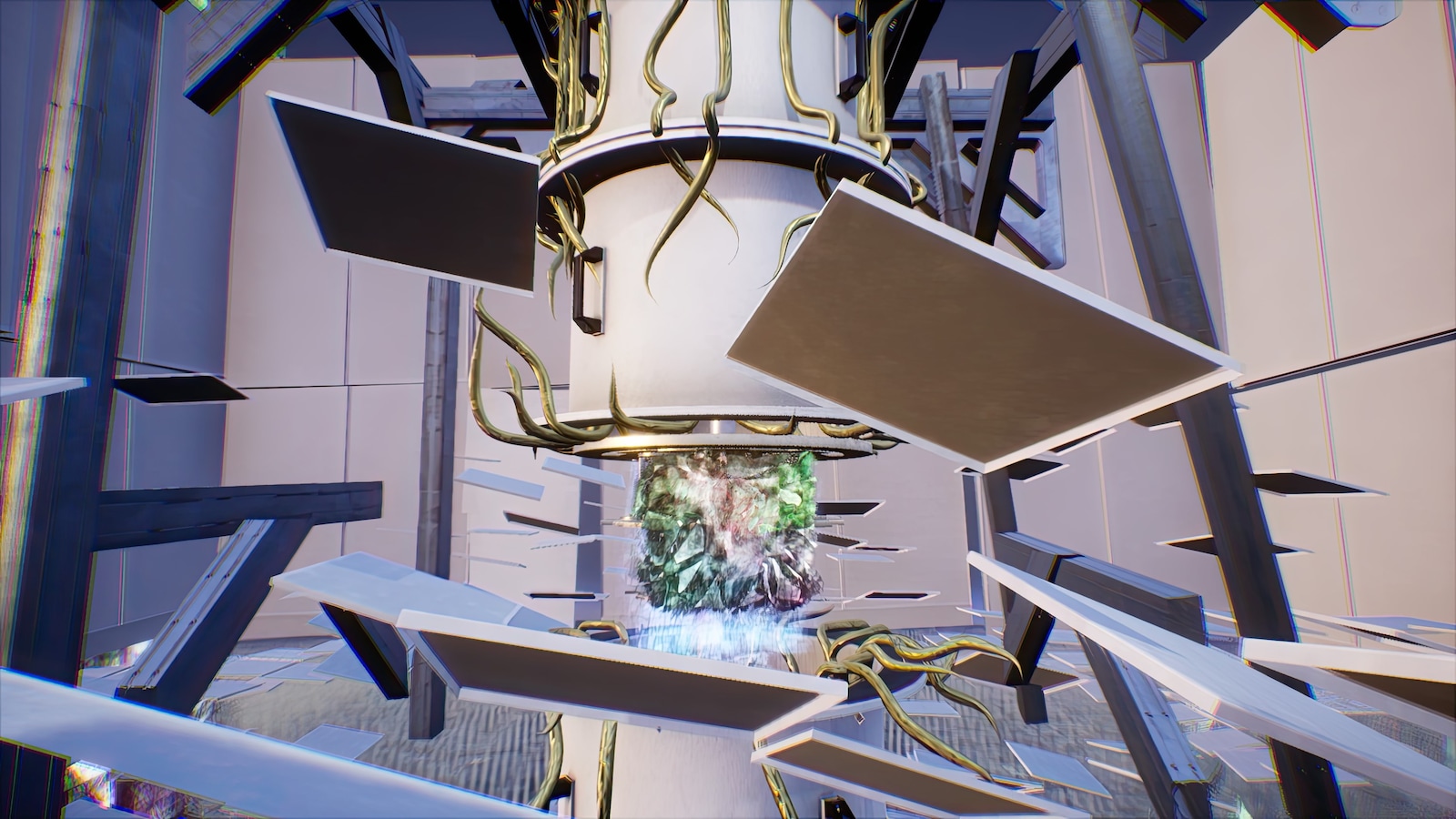
As the British Council report shows, a widespread conversation about technology and the arts is still very much taking place. Elsewhere, we can see it flaring up in the form of legal disputes against tech companies like Midjourney and OpenAI, plus open letters that oppose the art world’s embrace of AI. But, as some artists in the report point out, the simplistic (and overwhelmingly pessimistic) narratives that gain most traction in the public eye often fail to capture the full, complex picture of the relationship, including artists’ ability to influence technological development, just as new technologies influence the arts. So where can we look for a more nuanced, optimistic, and imaginative vision for the future? For the British Council, that lies in art itself.
“Artists are central to the reimagining and reengineering of technologies,” reads the organisation’s report. “It is through the long-term investment in artistic practice, and the people and organisations that sustain it, that true imaginative leaps with technologies take place.”
For example, among the artists whose voices are highlighted in the report are Mat Dryhurst and Holly Herndon, whose experiments with new governance frameworks and protocols – as in their 2024 Serpentine exhibition The Call – have helped lay the blueprints for artists and collectives to continue creating valuable work in the age of AI. Others, like Sougwen Chung, have explored the cutting edge of robotics as an artist’s tool, opening up new possibilities beyond the limits of the human body. And the artist and designer Linda Dounia has been internationally-recognised for her work with generative art, which pushes back against the biased data and corporate incentives of Big Tech.
Below, Mat Dryhurst, Sougwen Chung, and Linda Dounia dive deeper into the relationship between art and technology, how tech can be used (or misused) by artists to pursue their own creative goals, and what makes them feel optimistic about the future.
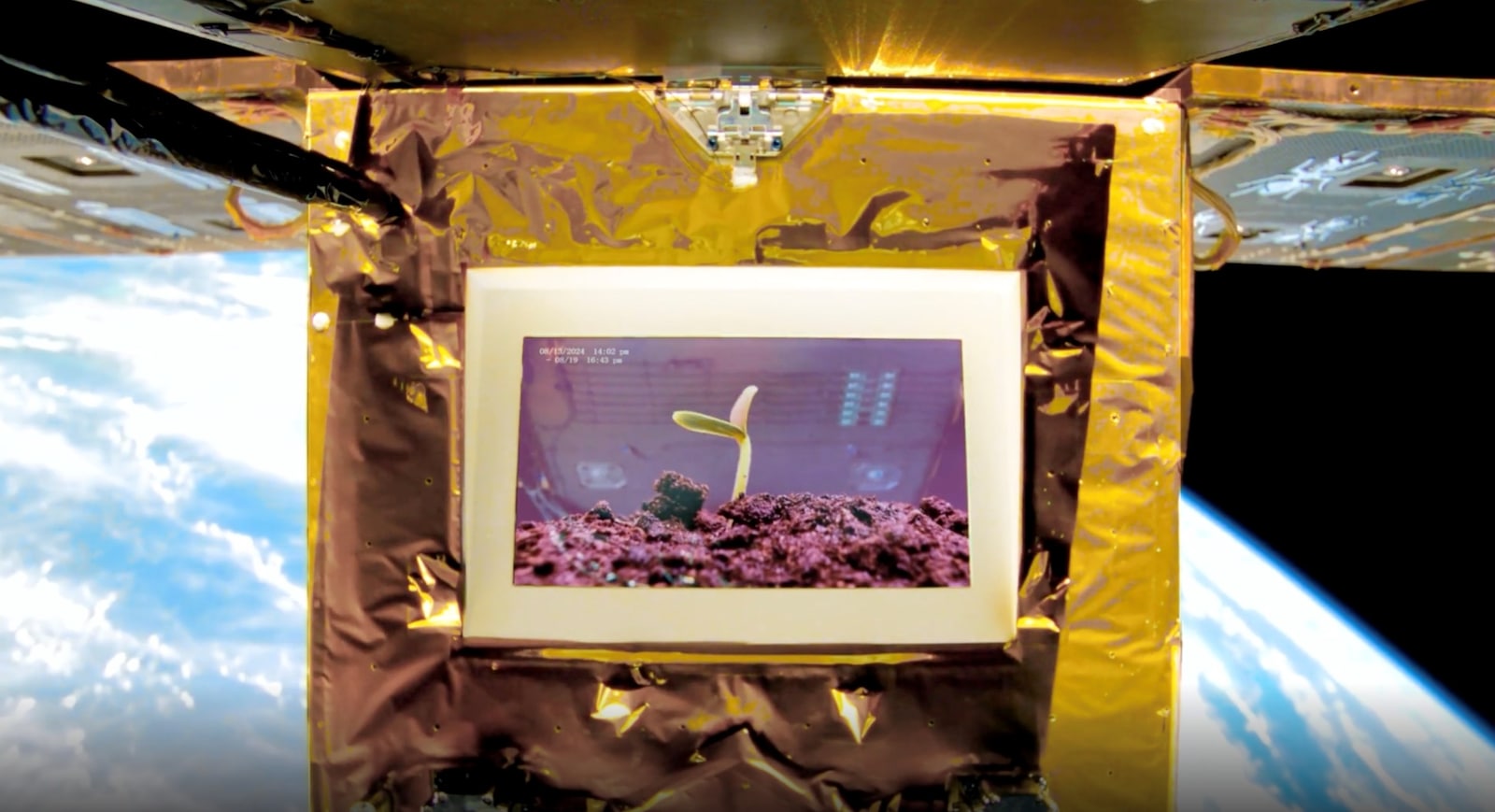
Do you think the relationship between artists and technologists has improved or deteriorated since 1968, when the ICA hosted Cybernetic Serendipity?
Linda Dounia: My initial reaction to this question is that it is more possible than ever to be both now, and that there have been enough examples of people who are both within my lifetime – my parents weren’t yet born in 1968 – for me to aspire to be an artist who is also a technologist. It is common nowadays for tech companies to have artists-in-residency programmes, or to invite artists to meet with engineers and designers. I think the technology industry understands the power of art in exploring the meaning of machines. And I think artists have done a good job at making technology more legible to wider audiences.
Mat Dryhurst: I don’t create much of a distinction between artists and technologists. In the 1960s, these divisions were clearer, as they were discrete and rarely interacting fields. Today the two areas are entirely entangled. Engineers have bigger profiles than anyone on earth and many below a certain age are incredibly tech literate.
Sougwen Chung: Technical interest and fluency is much higher than it was in 1968, as well as access to technology. I might argue that it isn’t about access, but about navigating the deluge of new technologies in a meaningful way.
Unless you understand the technological systems that underpin culture, you will have a very hard time understanding it and intervening [in] it.
How have you seen the relationship change over the course of your own career?
Mat Dryhurst: When I began working in art, it existed as its own atomized field. Once the iPhone and social media platforms began to consume the world, this changed. Now, unless you understand the technological systems that underpin culture, you will have a very hard time understanding it and intervening [in] it.
Linda Dounia: In the curatorial statement for Cybernetic Serendipity, Jasia Reichardt [curator fo the 1968 exhibition] writes: “People who would never have put pencil to paper, or brush to canvas, have started making images, both still and animated, which approximate and often look identical to what we call ‘art’ and put in public galleries. This is the most important single revelation of this exhibition.”
We’ve witnessed something similarly radical with generative AI. Another wave of non-artists now have access to tools that produce images, some of which can even be called art. The scale is unprecedented, however. Unlike other forms of computer art, which require some mastery of programming languages, AI uses natural language, which means people don’t have to be technically versed in either art-making or coding to create.
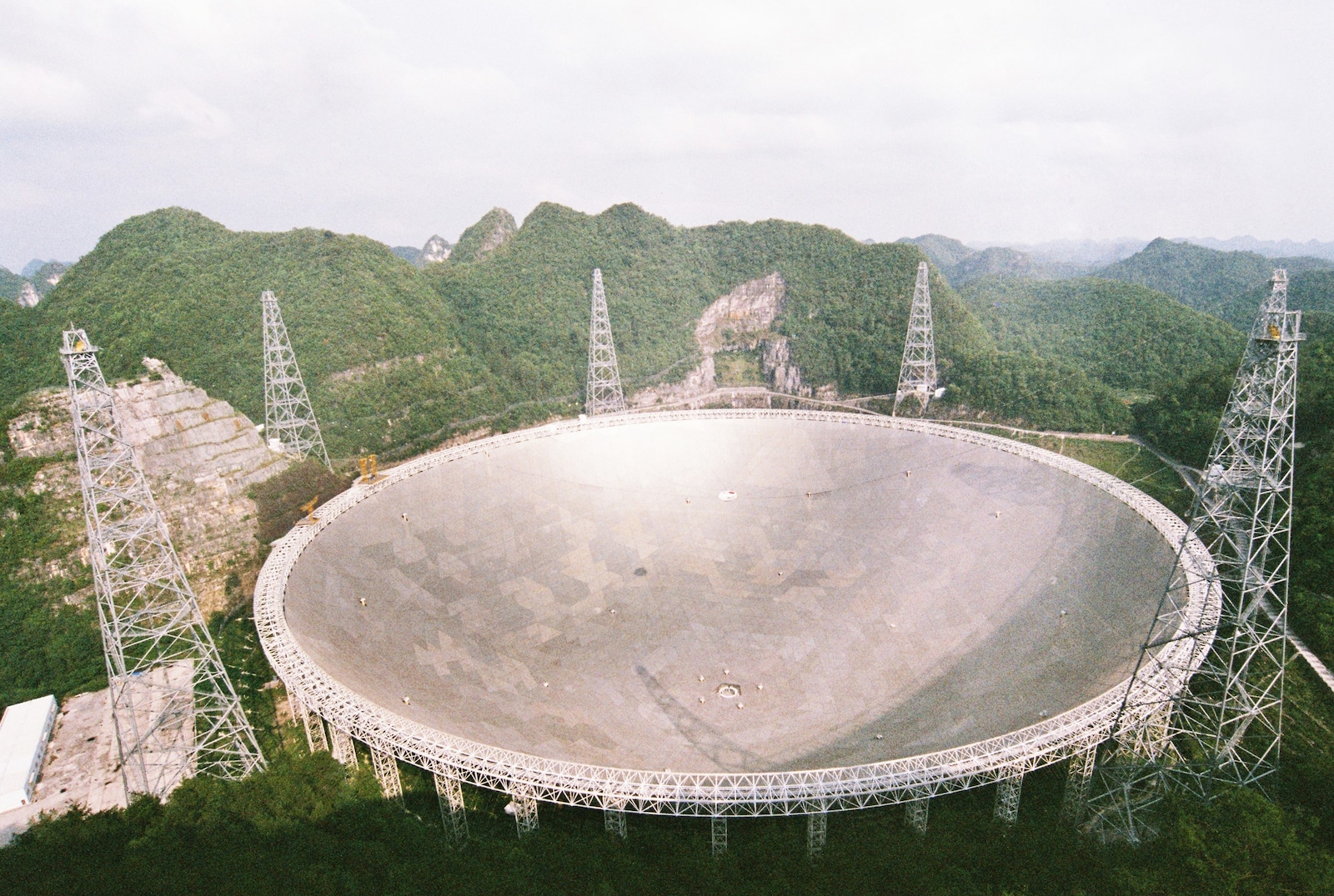
How do you approach maintaining a balance between pushing the boundaries of technology, and anticipating/safeguarding its effects on art and artists?
Mat Dryhurst: It’s all part of the same process. We like to dig our fingers into the tech, and once you begin to understand the rules and affordances of it, its quite easy to extrapolate what it might mean for art and culture. I wouldn’t characterize what we do as safeguarding, as I think culture inevitably changes with the tools we use and the consciousness shifts that come with it.
Linda Dounia: Initially, making art using machines was, for me, a logical way to learn about machines. When I became curious about coding, generative art gave me the excuse to learn about it. Similarly, when I became curious about AI, training a GAN felt like the right thing to do. I am not looking to push the boundaries of technology with my practice. I want to understand them: situate myself within the context they create and situate them within my context. Working with technology in this way, by examining it in a critical space, helps me remember I have agency.
Imagining and building a future for human labor that includes more and more intelligent technology is the concern of everyone
Where do you think the responsibility falls, in terms of ensuring a viable future for human artists? With the government, the institution, the artist, the consumer?
Linda Dounia: Imagining and building a future for human labor that includes more and more intelligent technology is the concern of everyone. The only way we approach the multi-dimensional challenge of intelligent technology is with multi-lateral collaboration, at a global scale. There is no precedent for what we are experiencing, so the only way we figure this out is if every perspective is represented and every alternative explored.
Mat Dryhurst: Artists will exist in any scenario, as an artist is someone who creates distinction in their era through making things. This will be just as true when we develop mastery over models as it ever has been.
I think there are governmental and institutional responsibilities to not, for example, allow for large groups of young people to get into debt training for fields that may not exist in the same way very soon. This was already a big problem pre-AI. Our educational institutions were not preparing students for the internet economy. It is even more clearly untenable now. You cannot do much to stop people from experimenting with the tools of their time, but you can try to alleviate the sunk costs involved with people pursuing professions that have not been thriving for decades.
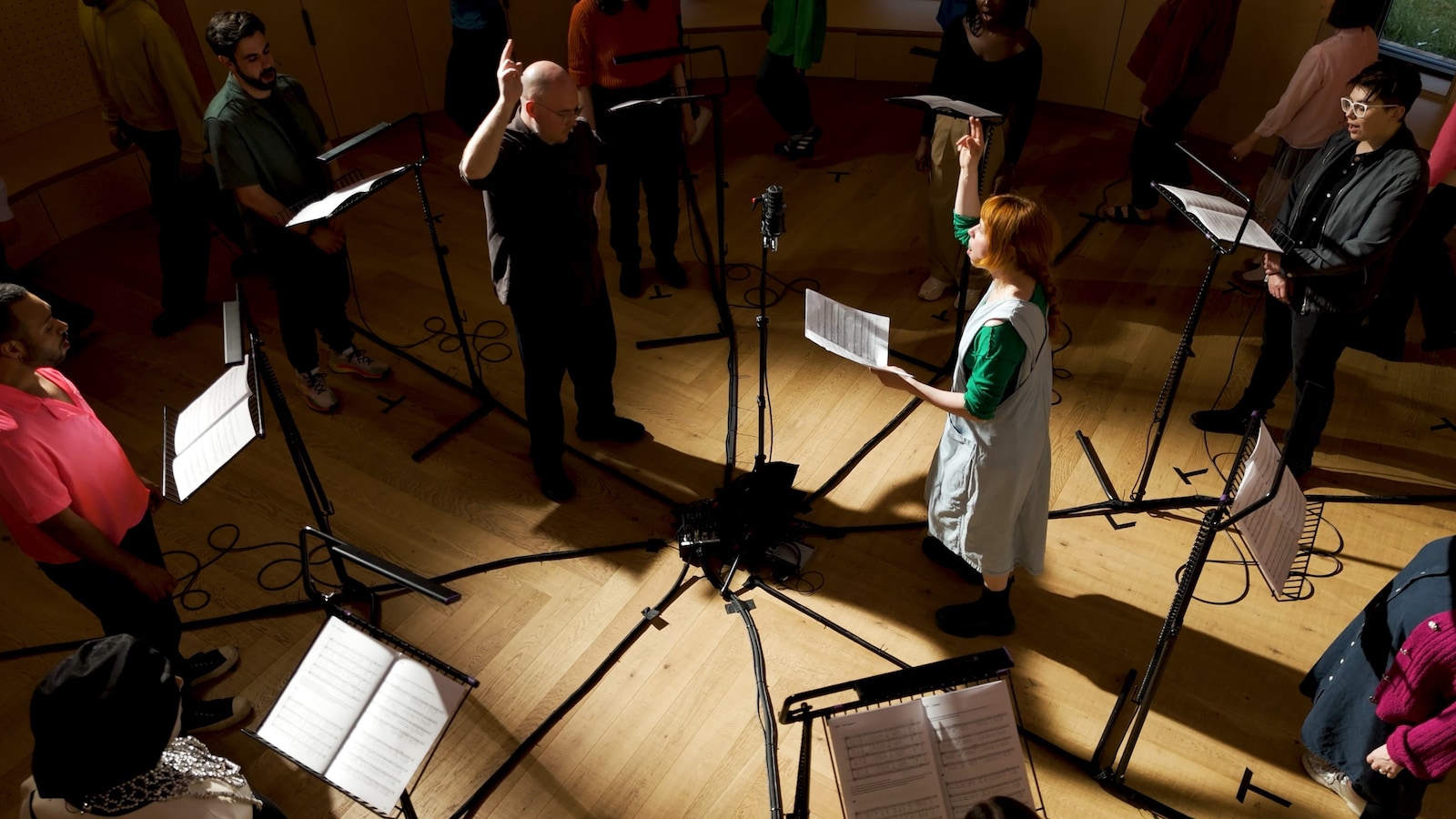
How do you think technology can empower artists to imagine a more hopeful future for human beings?
Sougwen Chung: There is an implicit hope at the centre of every creative act – art practice is not simply expression but a practice of invention, resilience, and community. In my own work, I have explored my curiosity about the future of the human hand through implicating it with the technologies that shape the world in which we live, and the world to come, [by] building systems using emerging technology.
I create processes as technical microcosms. I share these processes as performance. Through public sharing, I invite an audience to explore with me, to discuss as a community, the role of technology in art and culture.
Mat Dryhurst: Once you have some understanding of how the technologies we use work, you begin to understand what is possible. I think this is an important prerequisite to be able to be hopeful, and calibrate your optimism towards something that could actually be built.
Linda Dounia: I am more interested in how artists can help others remember their agency over technology by exposing its fallibility and its malleability, reformatting it to mediate meaning, brute-forcing it to tell stories it is not intended to tell.
Artists are very good at making complex ideas or systems legible… Artists aren’t constrained by discipline or dogma – they can travel between domains and connect ideas that wouldn’t ordinarily cross paths
On the other hand, how can art help shape our technological future? And how much power do you think it actually holds in this conversation?
Linda Dounia: An important political discourse about AI, and more broadly technology’s place in our world, has been happening online, and it has been facilitated by images (slop or not) and the people who make them. Artists are very good at making complex ideas or systems legible. They can also materialize futures at smaller, workable scales. Artists aren’t constrained by discipline or dogma – they can travel between domains and connect ideas that wouldn’t ordinarily cross paths. All three of these abilities are critical in times of uncertainty, when the shape of the world isn’t as obvious as it once seemed.
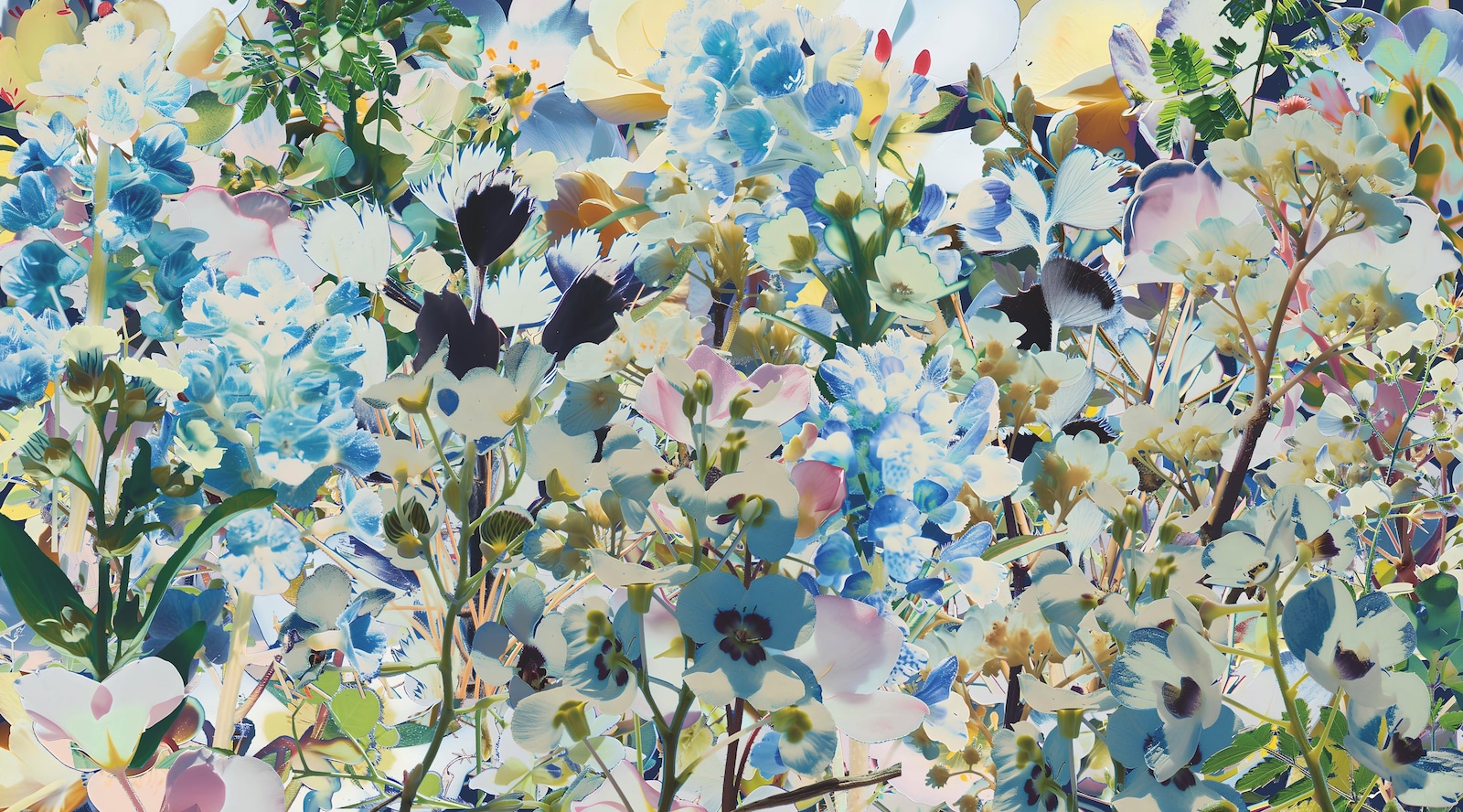
Mat Dryhurst: In [their] best guise, art and subcultures establish new habits and scenes that have a track record of significantly influencing the world. The iPhone launched nearly 20 years ago. In that time, people releasing applications have had an outsized influence on the world for better or worse. Now, no-code AI tools exist to build whatever you like, so it will become easier and easier to propose new configurations.
We [Dryhurst and Holly Herndon] have developed many applications and protocols in our career as artists and have seen them influence state and company policy and culture. We describe this approach as “protocol art”. Once you accept that technological protocols are perhaps the most culturally-consequential medium to work in, it makes sense to experiment there.
Sougwen Chung: The power in art is in its fluidity – art is as difficult to define as it is to quantify. My art practice finds itself through research, drawing, robotics, sensor development, performance, and writing… and as such it becomes its own ecology of cultural meaning-making. It envisions a technological future that doesn’t originate from the values of monolithic technology companies and their subsidiaries.
We make technology, so it’s only fair that it is in our image: messy, problematic, but also not immutable
Has being an artist made you more or less optimistic about the future of technology, do you think? Why?
Linda Dounia: Being a doomer has felt like the only way to be at times. Since I’ve had a child however, I’ve found it less appealing. It’s obviously impossible to only be optimistic, given how entangled technology has been (and still is) with violence, extraction, and exploitation. One way to think about technology that’s felt right to me has been: conflicted. I think it’s important for me to hold space for all the ways I think technology has failed us, as well as all the ways it has enchanted and been helpful to us. We make it, so it’s only fair that it is in our image: messy, problematic, but also not immutable. Technology, like humanity, is a space of possibility. We can, but we wouldn’t be wise to, explore this space without criticality.
Mat Dryhurst: I’m generally optimistic, but I understand optimism as having ideas to make new and interesting things, despite the reality that things are going to be turbulent and not always go your way. I think artistic fields are going to encounter some big shifts, and the only choice one has is to attempt to understand the world with some clarity and make the things you would like to see happen.
in HTML format, including tags, to make it appealing and easy to read for Japanese-speaking readers aged 20 to 40 interested in fashion. Organize the content with appropriate headings and subheadings (h1, h2, h3, h4, h5, h6), translating all text, including headings, into Japanese. Retain any existing
tags from
Why Technology Needs Artists12 Images
In 1968, the ICA hosted an exhibition titled Cybernetic Serendipity, showcasing artists’ experiments with new technologies, including robots, algorithms, and computer graphics. “Bringing together composers, artists, filmmakers, engineers, scientists, and academics, the exhibition sparked a dialogue, spanning multiple continents, about the relationship between technology and the arts,” writes Ruth Mackenzie, director of arts at the British Council, looking back on the exhibition in a new report titled Why Technology Needs Artists. “It pushed at what is possible when computation and creativity are combined.”
Today, of course, these concepts – computation and creativity – are more tangled up than ever before, courtesy of new robotics innovations, AI, quantum computing, and more. The question is: as technology continues to accelerate, has the dialogue managed to keep pace?
Why Technology Needs Artists aims to answer that question, pulling together 40 statements from 56 leaders across art and technology, spanning 20 countries and five continents. On one page, the LAS Art Foundation reflects on its ongoing exploration of quantum technologies with artists like Libby Heaney and Laure Prouvost. On another, the artist Paolo Cirio speaks on artists who aim to foster social change, and “intervene directly into the decline of justice and welfare”, by challenging the uses and perceptions of new technologies. A third sees the writer and translator Yásnaya Elena Aguilar Gil argue in favour of reclaiming a technological commons, which has been largely privatised under a regime of unbridled capitalism.

As the British Council report shows, a widespread conversation about technology and the arts is still very much taking place. Elsewhere, we can see it flaring up in the form of legal disputes against tech companies like Midjourney and OpenAI, plus open letters that oppose the art world’s embrace of AI. But, as some artists in the report point out, the simplistic (and overwhelmingly pessimistic) narratives that gain most traction in the public eye often fail to capture the full, complex picture of the relationship, including artists’ ability to influence technological development, just as new technologies influence the arts. So where can we look for a more nuanced, optimistic, and imaginative vision for the future? For the British Council, that lies in art itself.
“Artists are central to the reimagining and reengineering of technologies,” reads the organisation’s report. “It is through the long-term investment in artistic practice, and the people and organisations that sustain it, that true imaginative leaps with technologies take place.”
For example, among the artists whose voices are highlighted in the report are Mat Dryhurst and Holly Herndon, whose experiments with new governance frameworks and protocols – as in their 2024 Serpentine exhibition The Call – have helped lay the blueprints for artists and collectives to continue creating valuable work in the age of AI. Others, like Sougwen Chung, have explored the cutting edge of robotics as an artist’s tool, opening up new possibilities beyond the limits of the human body. And the artist and designer Linda Dounia has been internationally-recognised for her work with generative art, which pushes back against the biased data and corporate incentives of Big Tech.
Below, Mat Dryhurst, Sougwen Chung, and Linda Dounia dive deeper into the relationship between art and technology, how tech can be used (or misused) by artists to pursue their own creative goals, and what makes them feel optimistic about the future.

Do you think the relationship between artists and technologists has improved or deteriorated since 1968, when the ICA hosted Cybernetic Serendipity?
Linda Dounia: My initial reaction to this question is that it is more possible than ever to be both now, and that there have been enough examples of people who are both within my lifetime – my parents weren’t yet born in 1968 – for me to aspire to be an artist who is also a technologist. It is common nowadays for tech companies to have artists-in-residency programmes, or to invite artists to meet with engineers and designers. I think the technology industry understands the power of art in exploring the meaning of machines. And I think artists have done a good job at making technology more legible to wider audiences.
Mat Dryhurst: I don’t create much of a distinction between artists and technologists. In the 1960s, these divisions were clearer, as they were discrete and rarely interacting fields. Today the two areas are entirely entangled. Engineers have bigger profiles than anyone on earth and many below a certain age are incredibly tech literate.
Sougwen Chung: Technical interest and fluency is much higher than it was in 1968, as well as access to technology. I might argue that it isn’t about access, but about navigating the deluge of new technologies in a meaningful way.
Unless you understand the technological systems that underpin culture, you will have a very hard time understanding it and intervening [in] it.
How have you seen the relationship change over the course of your own career?
Mat Dryhurst: When I began working in art, it existed as its own atomized field. Once the iPhone and social media platforms began to consume the world, this changed. Now, unless you understand the technological systems that underpin culture, you will have a very hard time understanding it and intervening [in] it.
Linda Dounia: In the curatorial statement for Cybernetic Serendipity, Jasia Reichardt [curator fo the 1968 exhibition] writes: “People who would never have put pencil to paper, or brush to canvas, have started making images, both still and animated, which approximate and often look identical to what we call ‘art’ and put in public galleries. This is the most important single revelation of this exhibition.”
We’ve witnessed something similarly radical with generative AI. Another wave of non-artists now have access to tools that produce images, some of which can even be called art. The scale is unprecedented, however. Unlike other forms of computer art, which require some mastery of programming languages, AI uses natural language, which means people don’t have to be technically versed in either art-making or coding to create.

How do you approach maintaining a balance between pushing the boundaries of technology, and anticipating/safeguarding its effects on art and artists?
Mat Dryhurst: It’s all part of the same process. We like to dig our fingers into the tech, and once you begin to understand the rules and affordances of it, its quite easy to extrapolate what it might mean for art and culture. I wouldn’t characterize what we do as safeguarding, as I think culture inevitably changes with the tools we use and the consciousness shifts that come with it.
Linda Dounia: Initially, making art using machines was, for me, a logical way to learn about machines. When I became curious about coding, generative art gave me the excuse to learn about it. Similarly, when I became curious about AI, training a GAN felt like the right thing to do. I am not looking to push the boundaries of technology with my practice. I want to understand them: situate myself within the context they create and situate them within my context. Working with technology in this way, by examining it in a critical space, helps me remember I have agency.
Imagining and building a future for human labor that includes more and more intelligent technology is the concern of everyone
Where do you think the responsibility falls, in terms of ensuring a viable future for human artists? With the government, the institution, the artist, the consumer?
Linda Dounia: Imagining and building a future for human labor that includes more and more intelligent technology is the concern of everyone. The only way we approach the multi-dimensional challenge of intelligent technology is with multi-lateral collaboration, at a global scale. There is no precedent for what we are experiencing, so the only way we figure this out is if every perspective is represented and every alternative explored.
Mat Dryhurst: Artists will exist in any scenario, as an artist is someone who creates distinction in their era through making things. This will be just as true when we develop mastery over models as it ever has been.
I think there are governmental and institutional responsibilities to not, for example, allow for large groups of young people to get into debt training for fields that may not exist in the same way very soon. This was already a big problem pre-AI. Our educational institutions were not preparing students for the internet economy. It is even more clearly untenable now. You cannot do much to stop people from experimenting with the tools of their time, but you can try to alleviate the sunk costs involved with people pursuing professions that have not been thriving for decades.

How do you think technology can empower artists to imagine a more hopeful future for human beings?
Sougwen Chung: There is an implicit hope at the centre of every creative act – art practice is not simply expression but a practice of invention, resilience, and community. In my own work, I have explored my curiosity about the future of the human hand through implicating it with the technologies that shape the world in which we live, and the world to come, [by] building systems using emerging technology.
I create processes as technical microcosms. I share these processes as performance. Through public sharing, I invite an audience to explore with me, to discuss as a community, the role of technology in art and culture.
Mat Dryhurst: Once you have some understanding of how the technologies we use work, you begin to understand what is possible. I think this is an important prerequisite to be able to be hopeful, and calibrate your optimism towards something that could actually be built.
Linda Dounia: I am more interested in how artists can help others remember their agency over technology by exposing its fallibility and its malleability, reformatting it to mediate meaning, brute-forcing it to tell stories it is not intended to tell.
Artists are very good at making complex ideas or systems legible… Artists aren’t constrained by discipline or dogma – they can travel between domains and connect ideas that wouldn’t ordinarily cross paths
On the other hand, how can art help shape our technological future? And how much power do you think it actually holds in this conversation?
Linda Dounia: An important political discourse about AI, and more broadly technology’s place in our world, has been happening online, and it has been facilitated by images (slop or not) and the people who make them. Artists are very good at making complex ideas or systems legible. They can also materialize futures at smaller, workable scales. Artists aren’t constrained by discipline or dogma – they can travel between domains and connect ideas that wouldn’t ordinarily cross paths. All three of these abilities are critical in times of uncertainty, when the shape of the world isn’t as obvious as it once seemed.

Mat Dryhurst: In [their] best guise, art and subcultures establish new habits and scenes that have a track record of significantly influencing the world. The iPhone launched nearly 20 years ago. In that time, people releasing applications have had an outsized influence on the world for better or worse. Now, no-code AI tools exist to build whatever you like, so it will become easier and easier to propose new configurations.
We [Dryhurst and Holly Herndon] have developed many applications and protocols in our career as artists and have seen them influence state and company policy and culture. We describe this approach as “protocol art”. Once you accept that technological protocols are perhaps the most culturally-consequential medium to work in, it makes sense to experiment there.
Sougwen Chung: The power in art is in its fluidity – art is as difficult to define as it is to quantify. My art practice finds itself through research, drawing, robotics, sensor development, performance, and writing… and as such it becomes its own ecology of cultural meaning-making. It envisions a technological future that doesn’t originate from the values of monolithic technology companies and their subsidiaries.
We make technology, so it’s only fair that it is in our image: messy, problematic, but also not immutable
Has being an artist made you more or less optimistic about the future of technology, do you think? Why?
Linda Dounia: Being a doomer has felt like the only way to be at times. Since I’ve had a child however, I’ve found it less appealing. It’s obviously impossible to only be optimistic, given how entangled technology has been (and still is) with violence, extraction, and exploitation. One way to think about technology that’s felt right to me has been: conflicted. I think it’s important for me to hold space for all the ways I think technology has failed us, as well as all the ways it has enchanted and been helpful to us. We make it, so it’s only fair that it is in our image: messy, problematic, but also not immutable. Technology, like humanity, is a space of possibility. We can, but we wouldn’t be wise to, explore this space without criticality.
Mat Dryhurst: I’m generally optimistic, but I understand optimism as having ideas to make new and interesting things, despite the reality that things are going to be turbulent and not always go your way. I think artistic fields are going to encounter some big shifts, and the only choice one has is to attempt to understand the world with some clarity and make the things you would like to see happen.
and integrate them seamlessly into the new content without adding new tags. Ensure the new content is fashion-related, written entirely in Japanese, and approximately 1500 words. Conclude with a “結論” section and a well-formatted “よくある質問” section. Avoid including an introduction or a note explaining the process.
